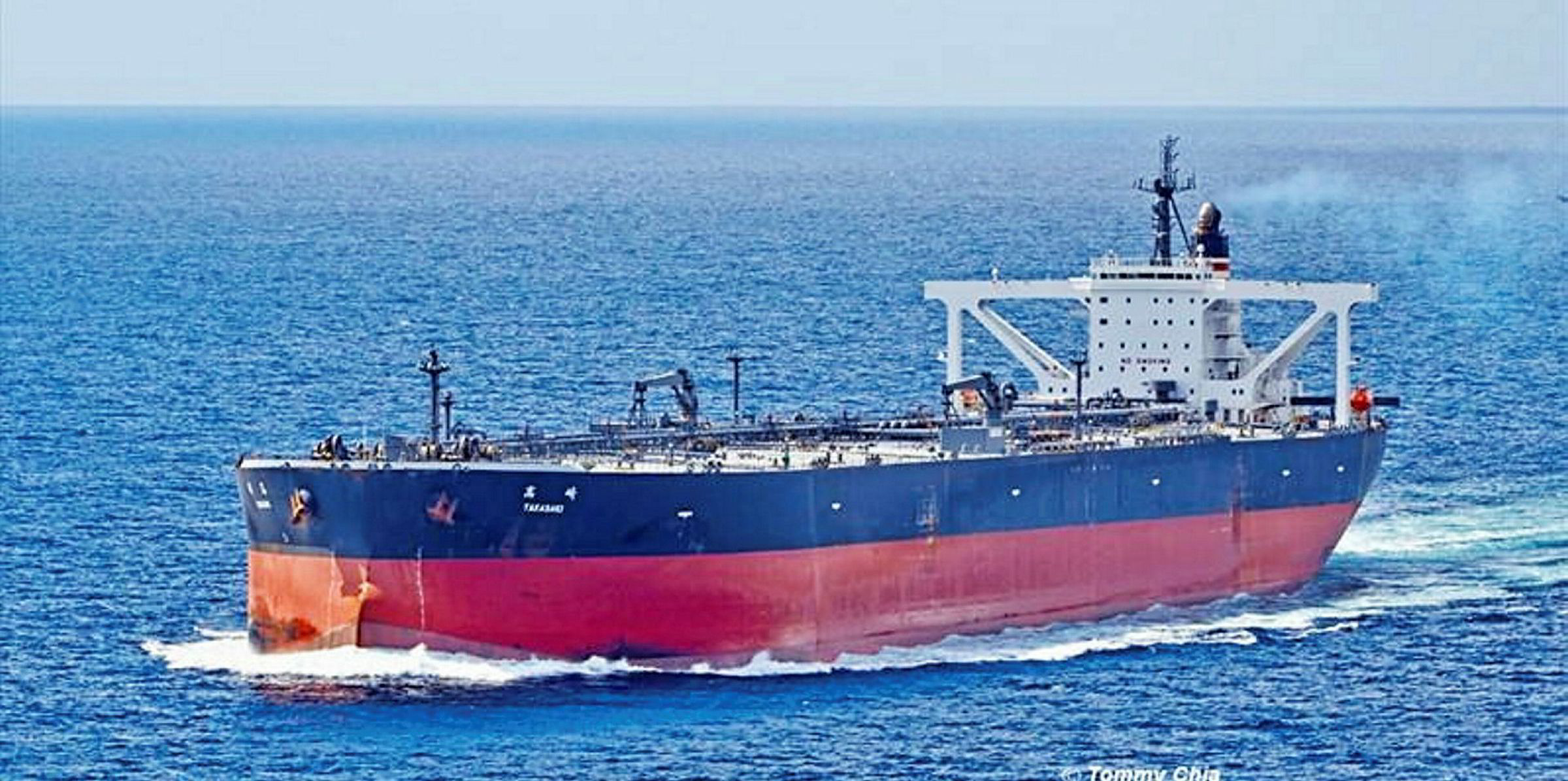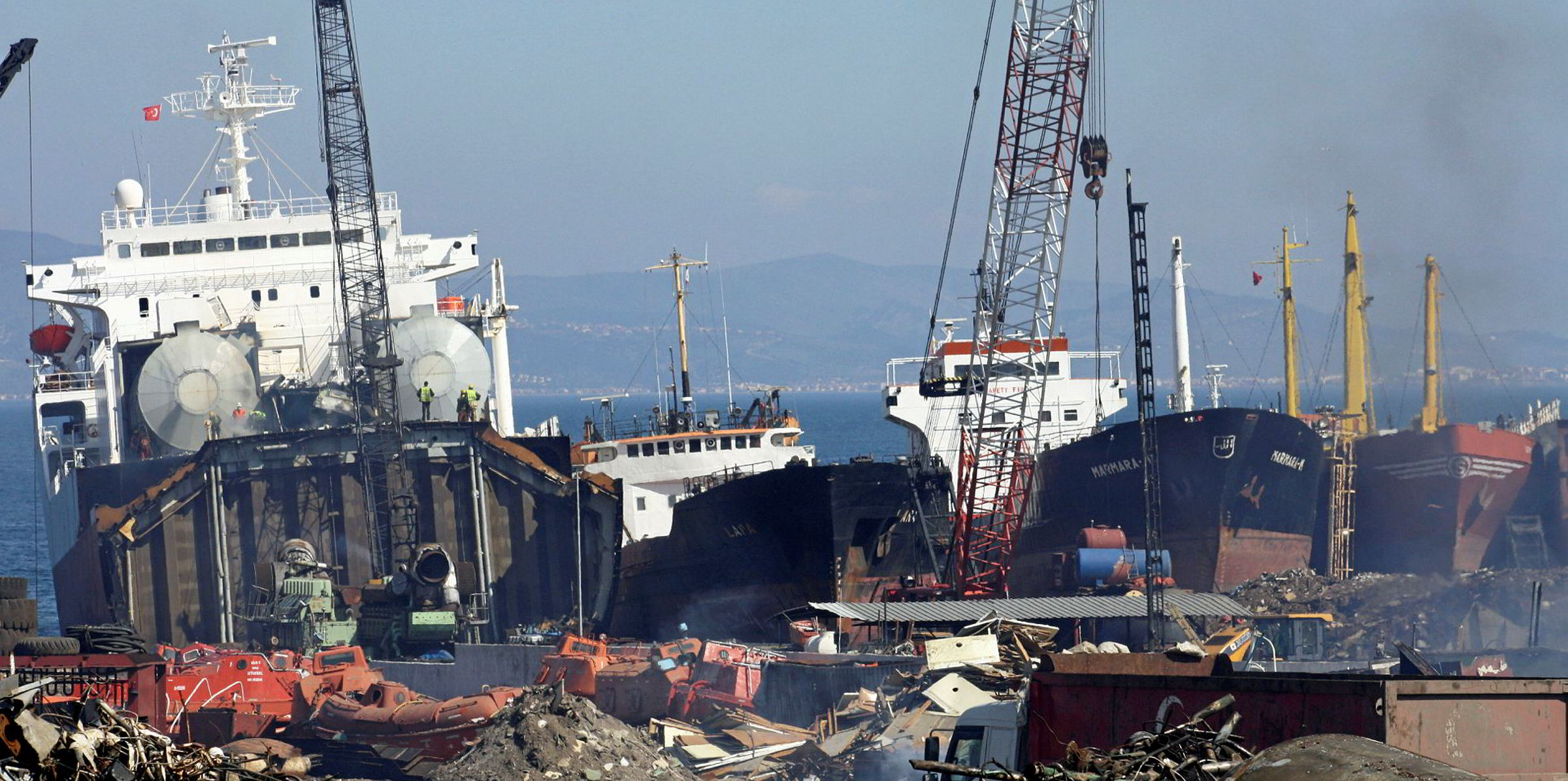The number of excess VLCCs in the Middle East Gulf has hit its highest level since February, despite a rise in tankers tied up in storage contacts or delays.
Bloomberg asked shipbrokers, shipowners and analysts how many VLCCs are expected in the region over the next 30 days - and how many VLCC cargoes there will be.
This resulted in an expected 29% oversupply of VLCCs.
Norwegian investment bank Cleaves Securities said that although VLCC spot rates have fallen towards opex levels from the Gulf, as expected, it believes earnings could improve "somewhat" going into the fourth quarter and the first three months of 2021, due to stronger seasonality and increased oil production.
"The potential uptick could however be short-lived, with VLCC spot rates expected to fall back towards opex again as we approach mid-2021," head of research Joakim Hannisdahl added.
Super-cycle coming?
"Although the opportunistic investor might be able to capture some trading gains over the next few months, we maintain our view that oil tanker shares on average could be picked up at lower prices during 1H 2021, before a potential super-cycle takes form from a mid-2021 inflection point."
Cleaves said VLCCs posted further drops last week, with average spot rates off 23% to $17,000 per day.
"Charterers are firmly in control, with a number of relets and handicapped vessels putting pressure on an extensive list of modern tonnage," Hannisdahl added.
"West Africa has been holding up quite well, but also here we see cracks appearing in owners' resolve."
Fearnley Securities was quoting rates as "soft" at between $10,000 and $15,000 per day on Tuesday.
Storage and delay numbers up
It has noted an increasing count of vessels either storing oil or delayed for at least a week, with China and Singapore now holding up nearly 8% of the global VLCC fleet, excluding NITC/Venezuela vessels.
Forward Brent crude prices offer little economic incentive for floating storage, which is described as a "zero sum game around opex levels" by analysts Espen Landmark Fjermestad, Peder Nicolai Jarlsby and Ulrik Mannhart said
"However, there may be other grades with a wider contango driving up floating storage demand."
Fearnley classes 80 VLCCs as being used for storage or delayed for at least one week.
This is up from 71 last week, but 11 units lower than the peak seen in early July.
"Over time, this is supply destined to return to the market and compete for limited cargoes in an already overcrowded VLCC market, explaining our outlook for soft freight rates over the coming months," Fearnley said.
Clarksons Platou Securities said little change was noted for VLCCs, and added that MR product tanker earnings fell 9.5% on Monday to $13,000 per day as last week’s hurricanes did not cause lasting damage to energy infrastructure and activity quieted down.
LR2 earnings continue to gain, however, up 8% to $25,400 on higher jet fuel shipments from the Middle East Gulf to Europe.
Reuters reported traders seeing attractive storage economics for the fuel.






